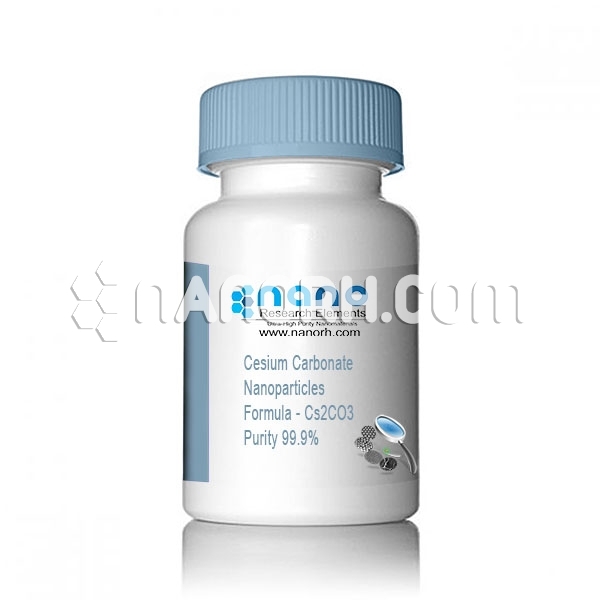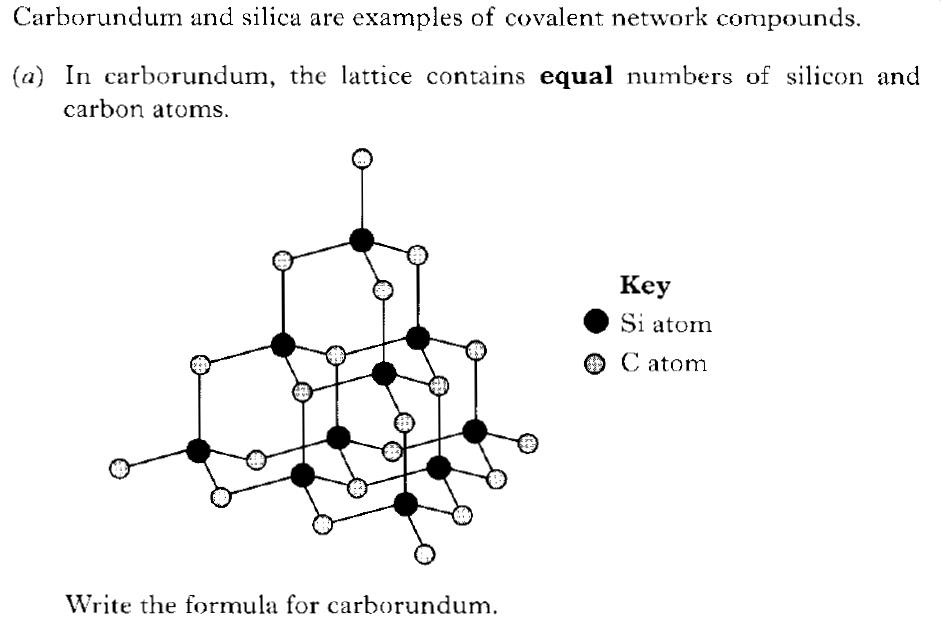
A few amalgams have been studied: CsHgĢ is black with a purple metallic lustre, while CsHg is golden-coloured, also with a metallic lustre. It mixes with all the other alkali metals (except lithium) the alloy with a molar distribution of 41% caesium, 47% potassium, and 12% sodium has the lowest melting point of any known metal alloy, at −78 ☌ (−108 ☏). It forms well-defined intermetallic compounds with antimony, gallium, indium, and thorium, which are photosensitive.

At temperatures below 650 ☌ (1,202 ☏), it does not alloy with cobalt, iron, molybdenum, nickel, platinum, tantalum, or tungsten. Its compounds burn with a blue or violet colour.Ĭaesium crystals (golden) compared to rubidium crystals (silvery)Ĭaesium forms alloys with the other alkali metals, gold, and mercury ( amalgams). In addition, the metal has a rather low boiling point, 641 ☌ (1,186 ☏), the lowest of all metals other than mercury. Mercury is the only stable elemental metal with a known melting point lower than caesium. It has a melting point of 28.5 ☌ (83.3 ☏), making it one of the few elemental metals that are liquid near room temperature. When in the presence of mineral oil (where it is best kept during transport), it loses its metallic lustre and takes on a duller, grey appearance. It is a very ductile, pale metal, which darkens in the presence of trace amounts of oxygen. Of all elements that are solid at room temperature, caesium is the softest: it has a hardness of 0.2 Mohs. Nonradioactive caesium compounds are only mildly toxic, but the pure metal's tendency to react explosively with water means that caesium is considered a hazardous material, and the radioisotopes present a significant health and environmental hazard.Ĭharacteristics Physical properties High-purity caesium-133 stored in argon. The radioactive isotope caesium-137 has a half-life of about 30 years and is used in medical applications, industrial gauges, and hydrology. Since the 1990s, the largest application of the element has been as caesium formate for drilling fluids, but it has a range of applications in the production of electricity, in electronics, and in chemistry. Since then, caesium has been widely used in highly accurate atomic clocks. In 1967, acting on Einstein's proof that the speed of light is the most-constant dimension in the universe, the International System of Units used two specific wave counts from an emission spectrum of caesium-133 to co-define the second and the metre. The first small-scale applications for caesium were as a " getter" in vacuum tubes and in photoelectric cells. The German chemist Robert Bunsen and physicist Gustav Kirchhoff discovered caesium in 1860 by the newly developed method of flame spectroscopy.

It has the largest atomic radius of all elements whose radii have been measured or calculated, at about 260 picometers. Caesium-137, a fission product, is extracted from waste produced by nuclear reactors. It has only one stable isotope, caesium-133. It is the least electronegative element, with a value of 0.79 on the Pauling scale. It is pyrophoric and reacts with water even at −116 ☌ (−177 ☏). Caesium has physical and chemical properties similar to those of rubidium and potassium. It is a soft, silvery-golden alkali metal with a melting point of 28.5 ☌ (83.3 ☏), which makes it one of only five elemental metals that are liquid at or near room temperature. Caesium ( IUPAC spelling cesium in American English) is a chemical element with the symbol Cs and atomic number 55.


 0 kommentar(er)
0 kommentar(er)
